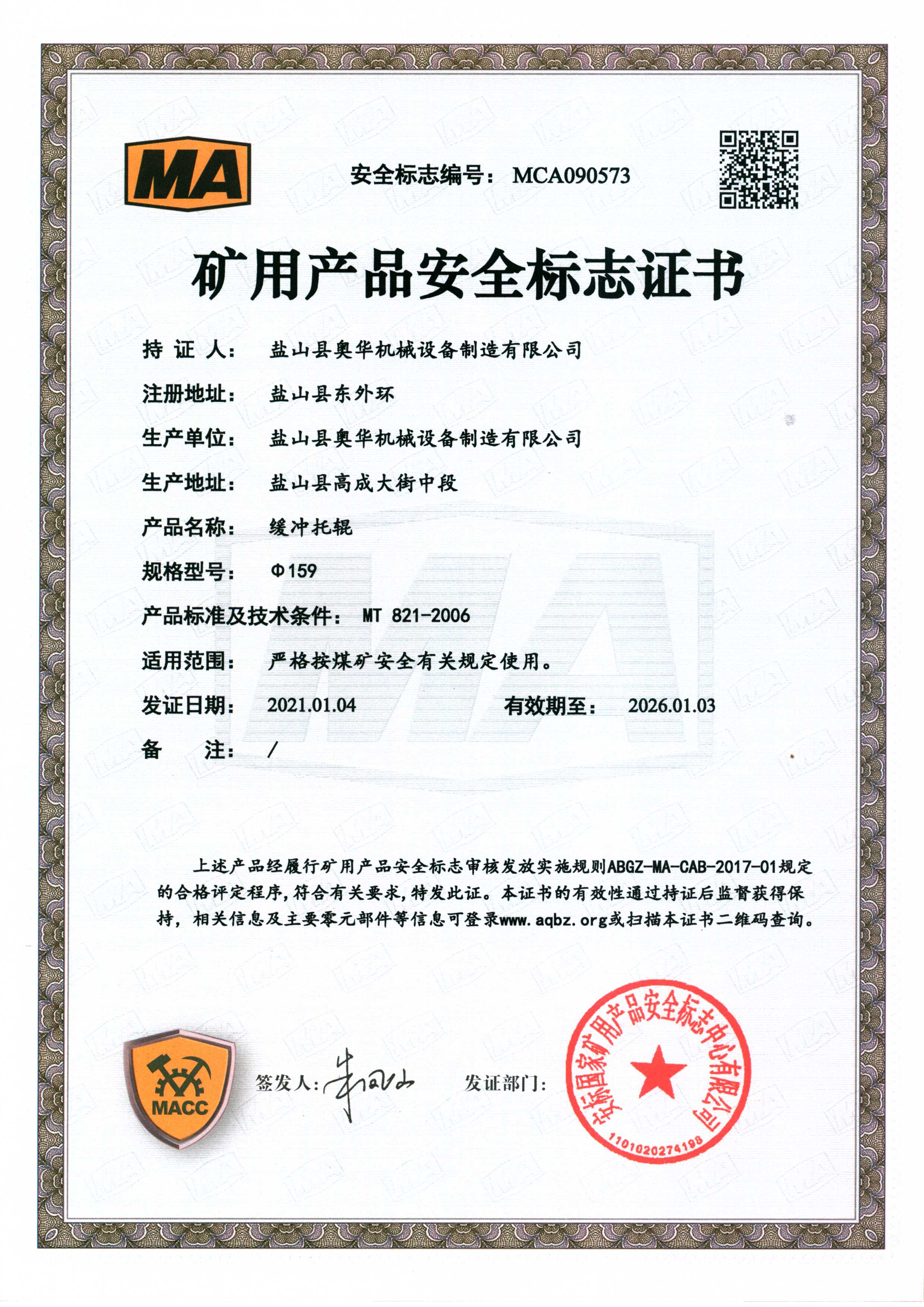 Afrikaans
Afrikaans  Albanian
Albanian  Amharic
Amharic  Arabic
Arabic  Armenian
Armenian  Azerbaijani
Azerbaijani  Basque
Basque  Belarusian
Belarusian  Bengali
Bengali  Bosnian
Bosnian  Bulgarian
Bulgarian  Catalan
Catalan  Cebuano
Cebuano  Corsican
Corsican  Croatian
Croatian  Czech
Czech  Danish
Danish  Dutch
Dutch  English
English  Esperanto
Esperanto  Estonian
Estonian  Finnish
Finnish  French
French  Frisian
Frisian  Galician
Galician  Georgian
Georgian  German
German  Greek
Greek  Gujarati
Gujarati  Haitian Creole
Haitian Creole  hausa
hausa  hawaiian
hawaiian  Hebrew
Hebrew  Hindi
Hindi  Miao
Miao  Hungarian
Hungarian  Icelandic
Icelandic  igbo
igbo  Indonesian
Indonesian  irish
irish  Italian
Italian  Japanese
Japanese  Javanese
Javanese  Kannada
Kannada  kazakh
kazakh  Khmer
Khmer  Rwandese
Rwandese  Korean
Korean  Kurdish
Kurdish  Kyrgyz
Kyrgyz  Lao
Lao  Latin
Latin  Latvian
Latvian  Lithuanian
Lithuanian  Luxembourgish
Luxembourgish  Macedonian
Macedonian  Malgashi
Malgashi  Malay
Malay  Malayalam
Malayalam  Maltese
Maltese  Maori
Maori  Marathi
Marathi  Mongolian
Mongolian  Myanmar
Myanmar  Nepali
Nepali  Norwegian
Norwegian  Norwegian
Norwegian  Occitan
Occitan  Pashto
Pashto  Persian
Persian  Polish
Polish  Portuguese
Portuguese  Punjabi
Punjabi  Romanian
Romanian  Russian
Russian  Samoan
Samoan  Scottish Gaelic
Scottish Gaelic  Serbian
Serbian  Sesotho
Sesotho  Shona
Shona  Sindhi
Sindhi  Sinhala
Sinhala  Slovak
Slovak  Slovenian
Slovenian  Somali
Somali  Spanish
Spanish  Sundanese
Sundanese  Swahili
Swahili  Swedish
Swedish  Tagalog
Tagalog  Tajik
Tajik  Tamil
Tamil  Tatar
Tatar  Telugu
Telugu  Thai
Thai  Turkish
Turkish  Turkmen
Turkmen  Ukrainian
Ukrainian  Urdu
Urdu  Uighur
Uighur  Uzbek
Uzbek  Vietnamese
Vietnamese  Welsh
Welsh  Bantu
Bantu  Yiddish
Yiddish  Yoruba
Yoruba  Zulu
Zulu Understanding Conveyor Drum Pulleys and Their Role in Material Handling Systems
Understanding Conveyor Drum Pulleys An Essential Component in Material Handling Systems
Conveyor systems are indispensable in various industries, from mining to manufacturing, and play a critical role in enhancing productivity. Among the key components of these systems are conveyor drum pulleys, which are vital for the efficient operation of belts used to transport materials. In this article, we will delve into the significance, types, construction, and maintenance of conveyor drum pulleys, highlighting their essential role in material handling.
The Significance of Conveyor Drum Pulleys
Conveyor drum pulleys serve as the backbone of conveyor systems. They are cylindrical devices that support and guide the conveyor belt, playing a pivotal role in belt tensioning and material transport. Functioning effectively means that they can endure heavy loads, resist wear from abrasive materials, and maintain the proper alignment of the conveyor belt. Their performance directly impacts the efficiency of the entire conveyor system, making them a critical component in ensuring smooth and continuous material handling.
Types of Conveyor Drum Pulleys
There are several types of conveyor drum pulleys, each designed for specific applications and environments
1. Drive Pulleys These pulleys are equipped with a motor that powers the conveyor belt. They facilitate the transfer of energy required to move materials along the conveyor system.
2. Tail Pulleys Located at the opposite end of the drive pulley, tail pulleys support the belt and help with tracking. They are vital in creating tension in the belt, preventing slippage during operation.
3. Snub Pulleys These are employed to increase the contact surface between the belt and drive pulley, thereby enhancing the grip and facilitating better energy transfer.
4. Return Pulleys Return pulleys are positioned along the bottom of the conveyor system. They guide the returned portion of the belt, ensuring that it operates in a controlled manner.
conveyor drum pulley

5. Idler Pulleys While not load-bearing, idler pulleys support the belt and maintain its alignment, minimizing wear and tear throughout the system.
Construction and Materials
Conveyor drum pulleys are typically constructed from durable materials capable of withstanding harsh operational environments. Common materials include carbon steel, stainless steel, and various alloys, which are chosen based on factors such as load capacity and environmental conditions. The surface of the pulleys often undergoes treatments like galvanization or powder coating to enhance corrosion resistance and durability.
The design of the drum pulley must also consider factors such as the diameter and width of the pulley to ensure compatibility with the conveyor belt. A larger diameter pulley can help reduce belt wear and improve the overall efficiency of the system, as well as facilitate smoother transitions through bends and curves.
Maintenance of Conveyor Drum Pulleys
Proper maintenance of conveyor drum pulleys is crucial for extending their lifespan and ensuring optimal performance. Regular inspections should be conducted to check for signs of wear, misalignment, and corrosion. Lubrication is essential for bearings to reduce friction and heat, thus preventing operational failure.
Furthermore, any debris or materials that accumulate around the pulleys must be cleaned regularly to maintain effective operation. Neglecting maintenance can lead to premature wear and costly breakdowns, resulting in costly downtime and loss of productivity.
Conclusion
Conveyor drum pulleys are integral components in the broader realm of material handling systems. Their ability to support the conveyor belt, provide tension, and facilitate the transfer of materials makes them critical for the efficiency and reliability of conveyor operations. By understanding their types, construction, and maintenance needs, businesses can ensure that their conveyor systems operate smoothly and effectively. Investing in quality drum pulleys and implementing a robust maintenance plan will ultimately enhance productivity and reduce operational costs, proving that these seemingly simple components are, in fact, vital to the success of any material handling process.
-
Revolutionizing Conveyor Reliability with Advanced Rubber Lagging PulleysNewsJul.22,2025
-
Powering Precision and Durability with Expert Manufacturers of Conveyor ComponentsNewsJul.22,2025
-
Optimizing Conveyor Systems with Advanced Conveyor AccessoriesNewsJul.22,2025
-
Maximize Conveyor Efficiency with Quality Conveyor Idler PulleysNewsJul.22,2025
-
Future-Proof Your Conveyor System with High-Performance Polyurethane RollerNewsJul.22,2025
-
Driving Efficiency Forward with Quality Idlers and RollersNewsJul.22,2025





























